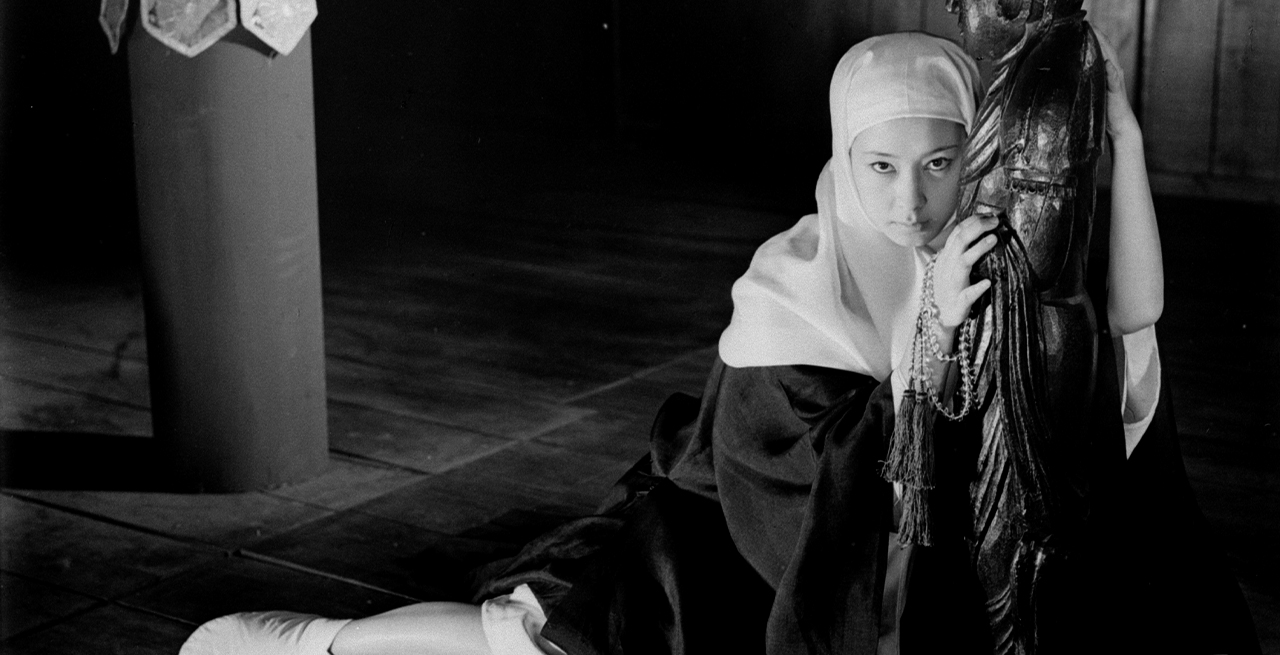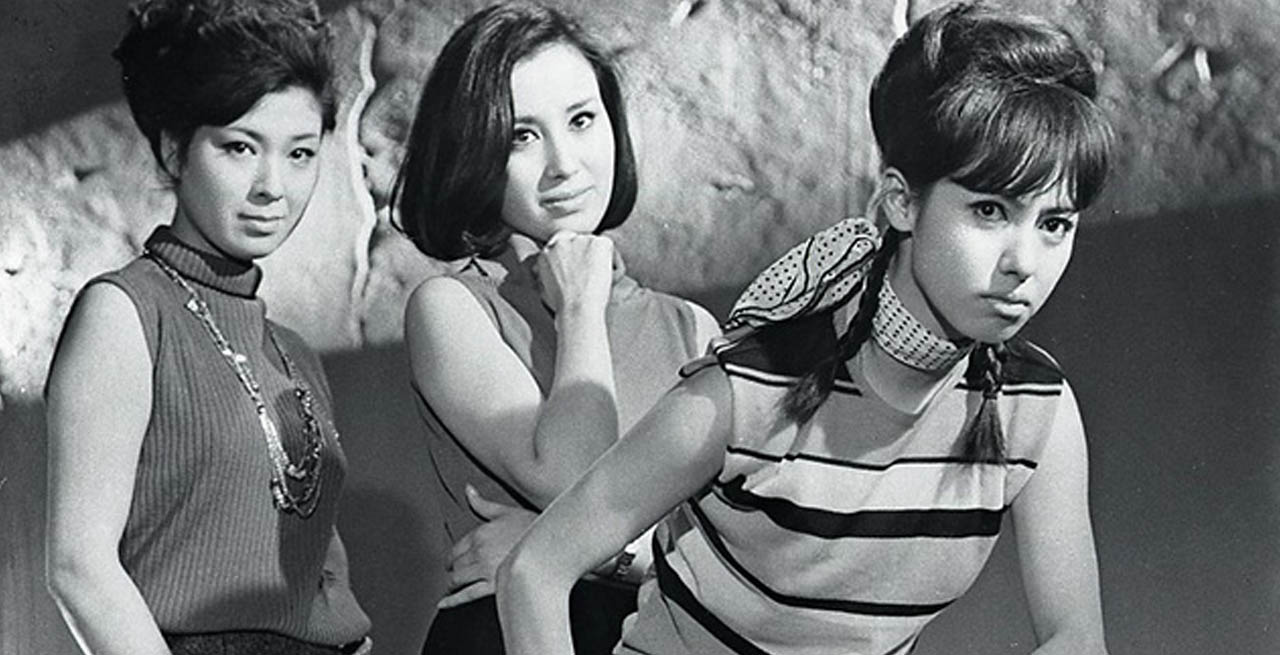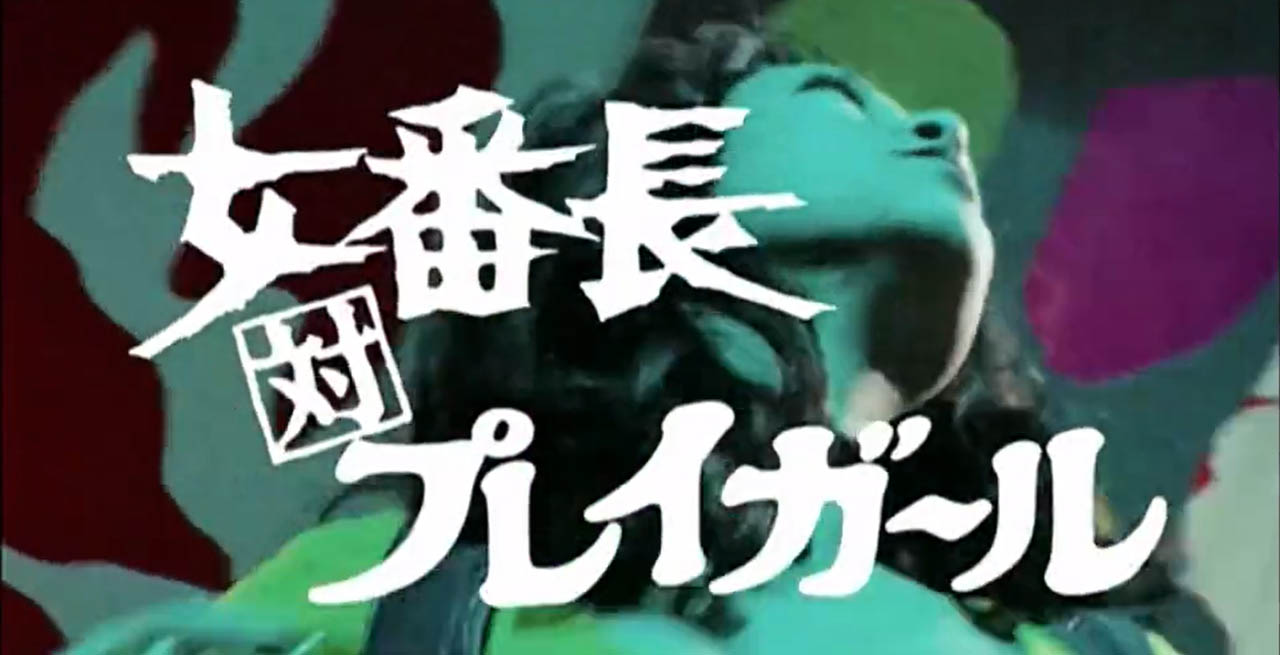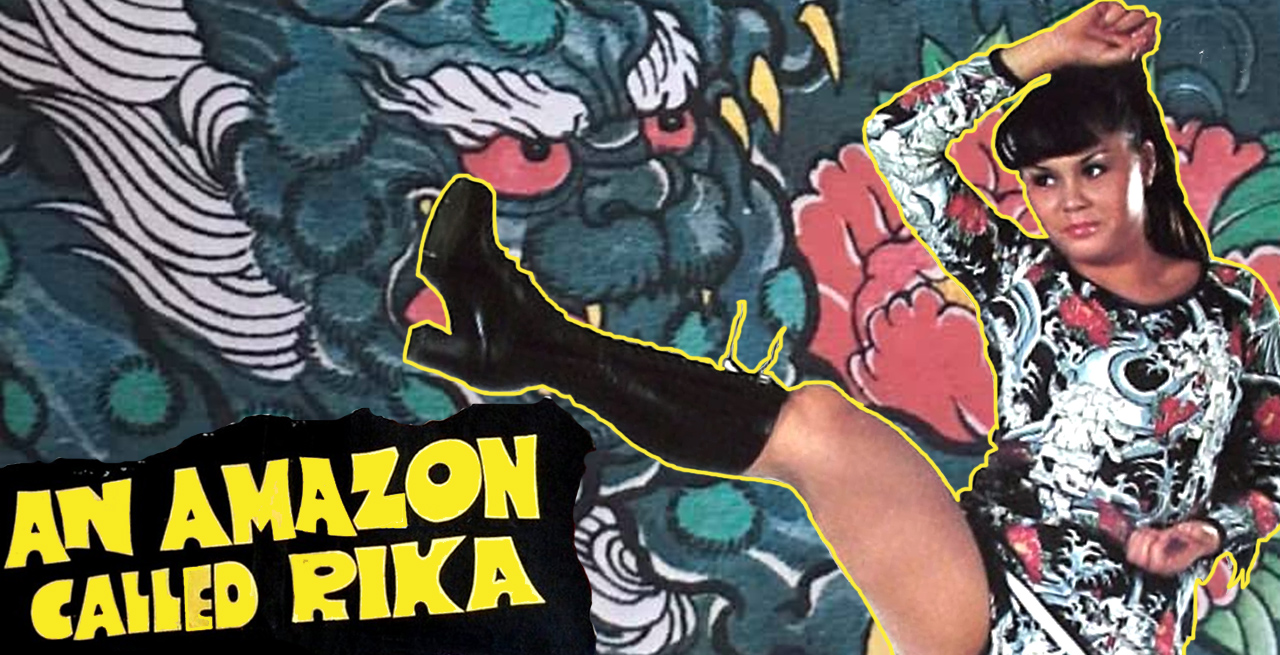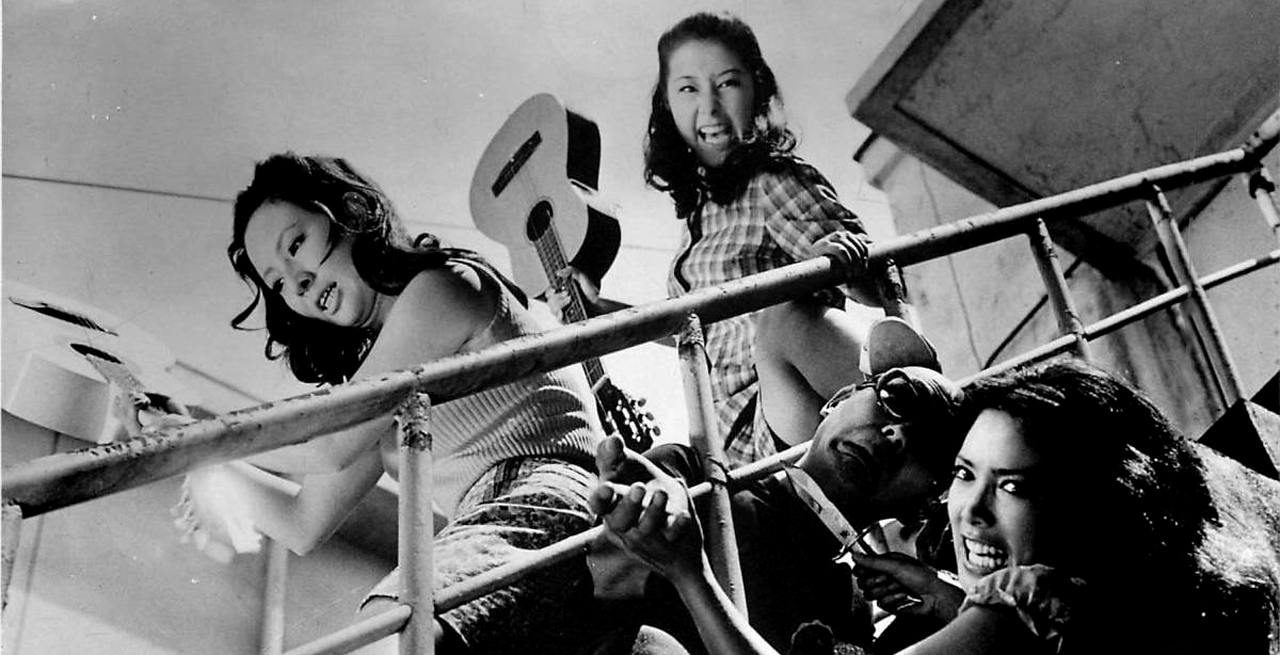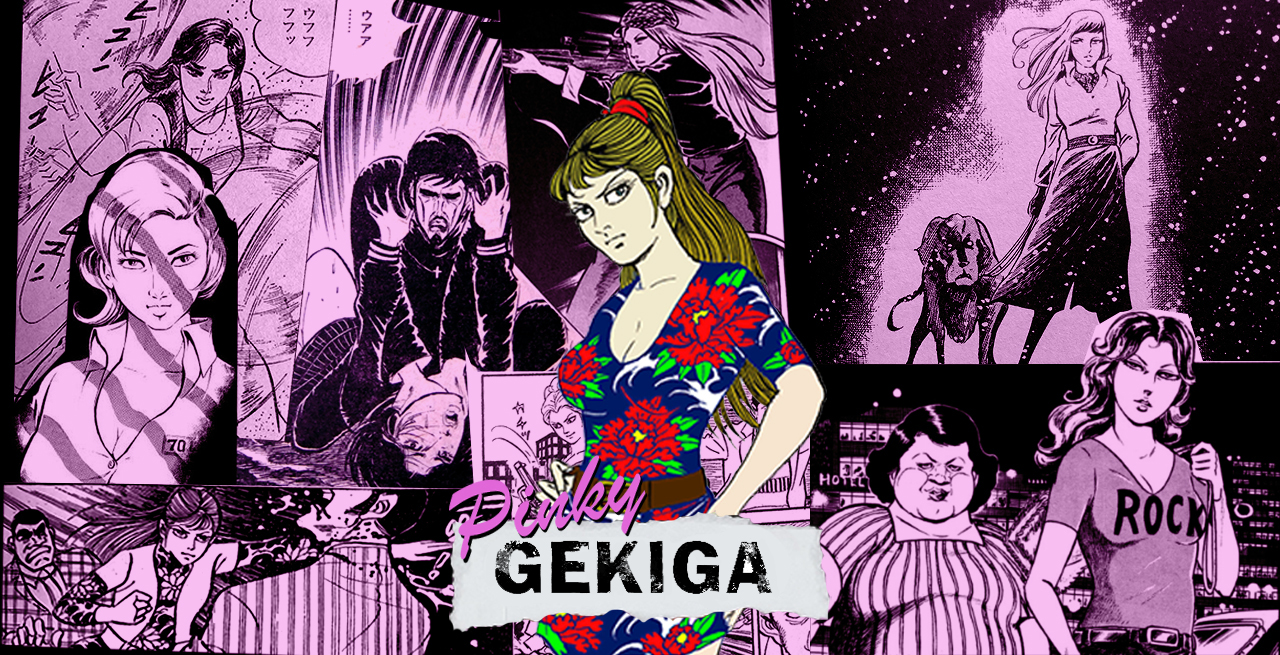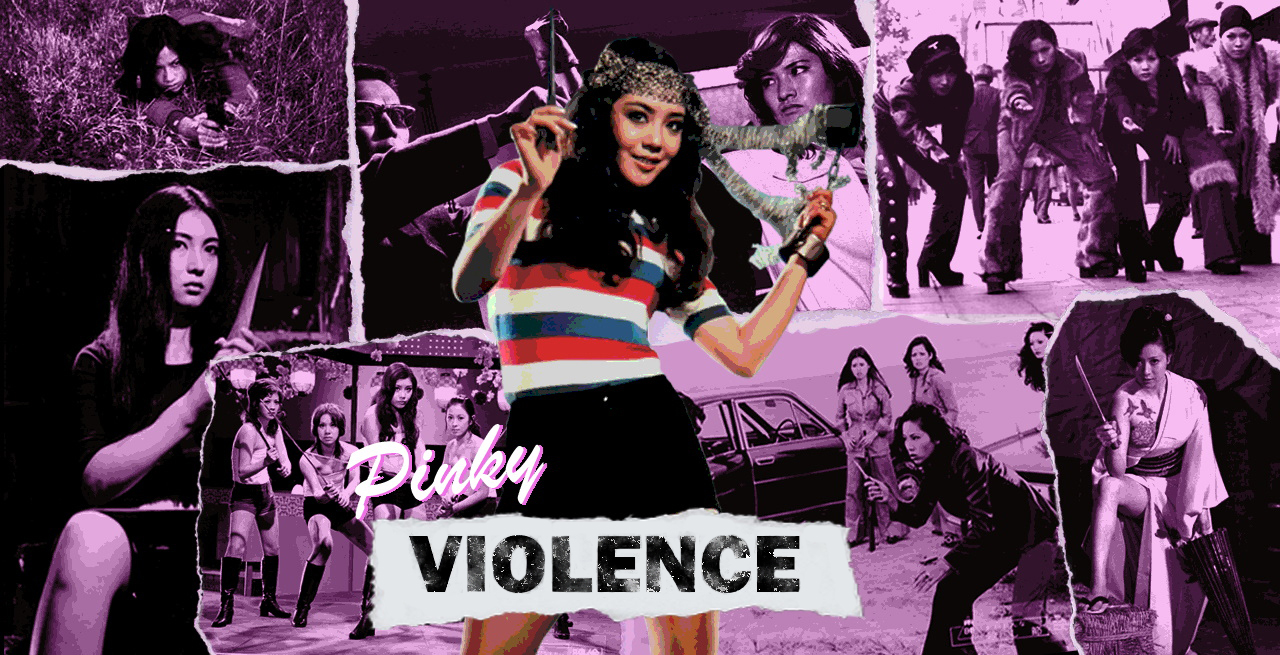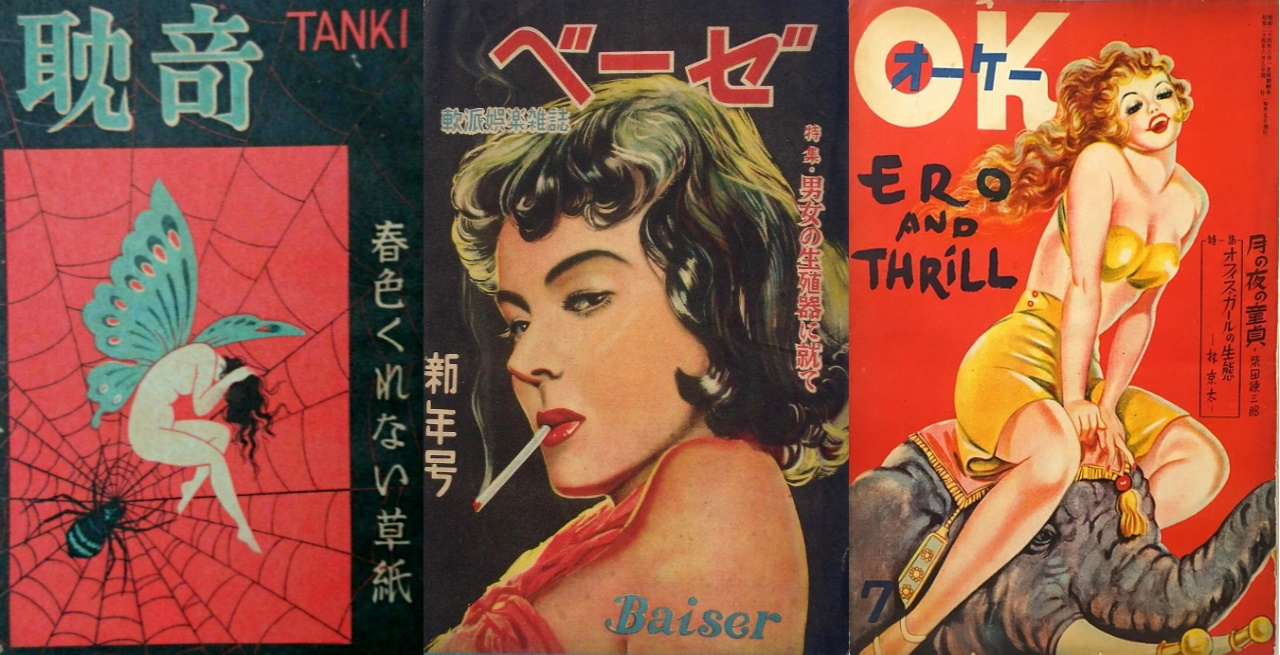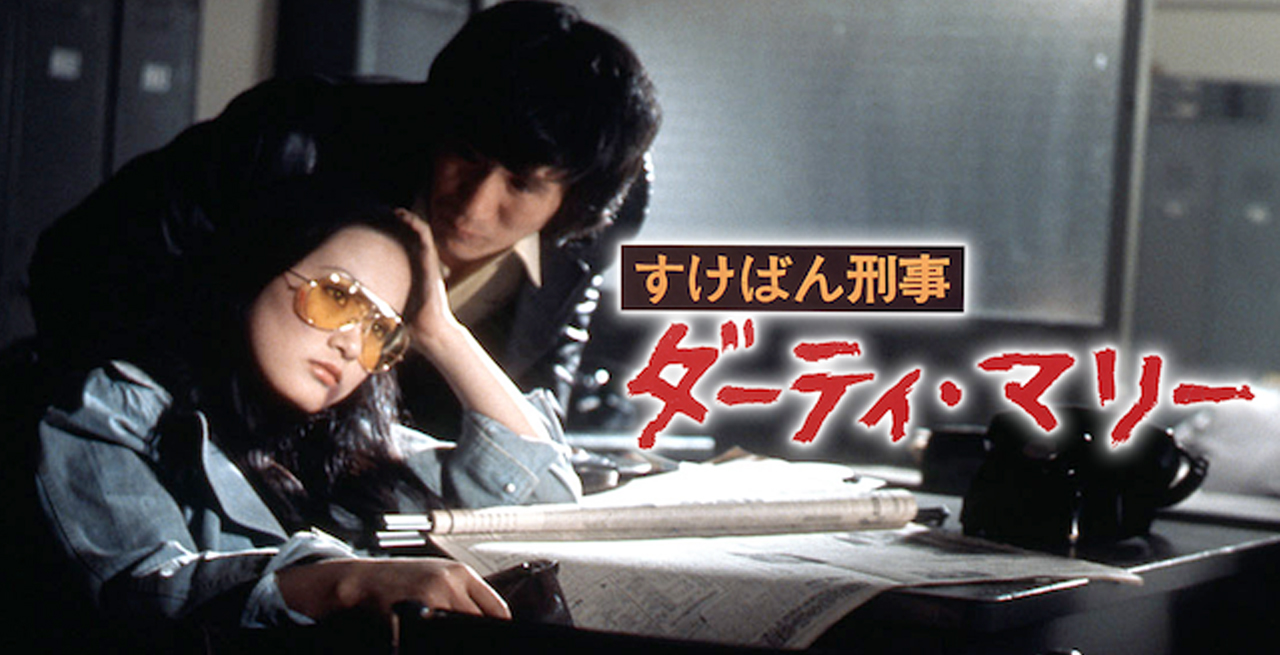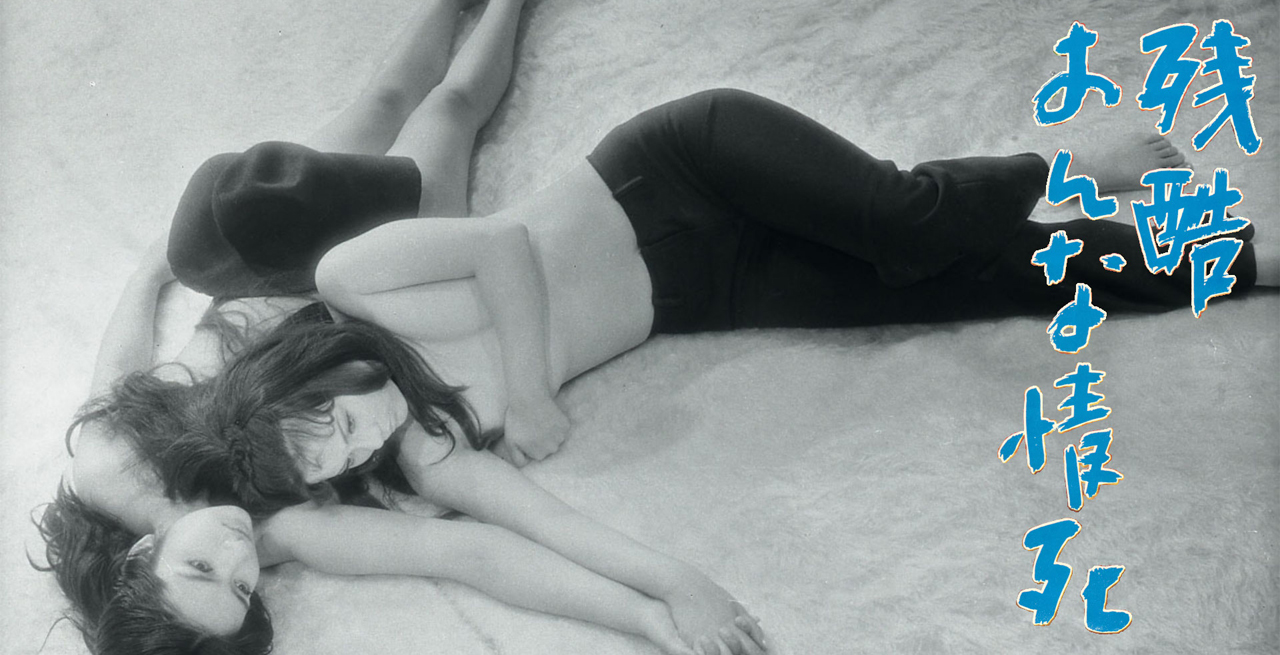
c Despite being Japan’s oldest film studio, Nikkatsu by the late 1960s was struggling: with TV quickly becoming the go-to source of entertainment, ticket sales for films were at an all-time low. In order to compete with TV, Nikkatsu needed something that couldn’t be broadcast, and their attention, like many other studios at the time,
